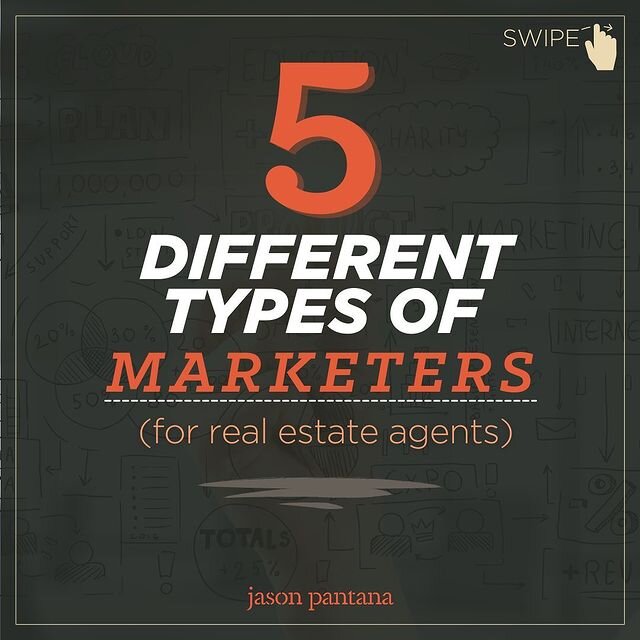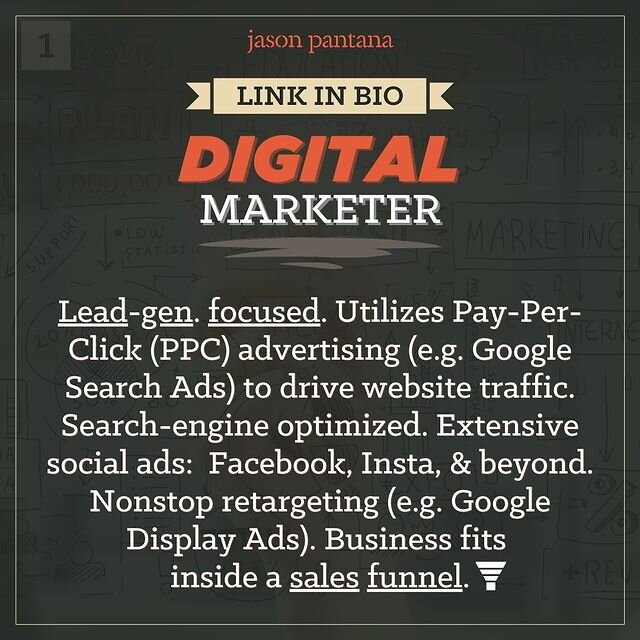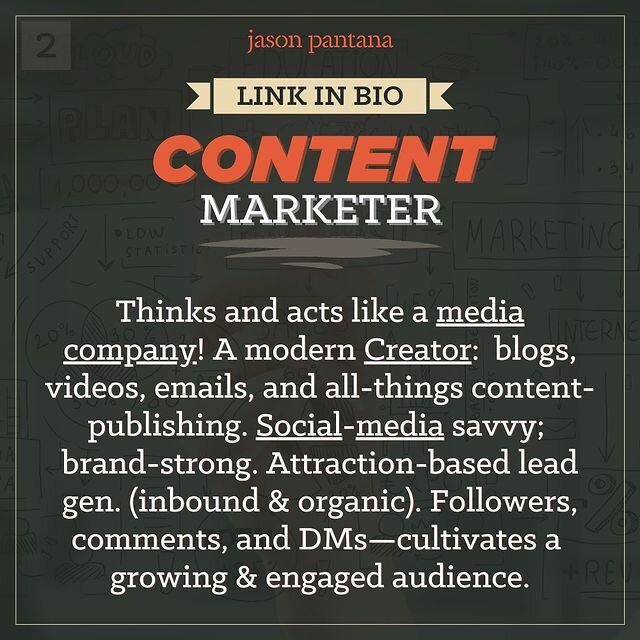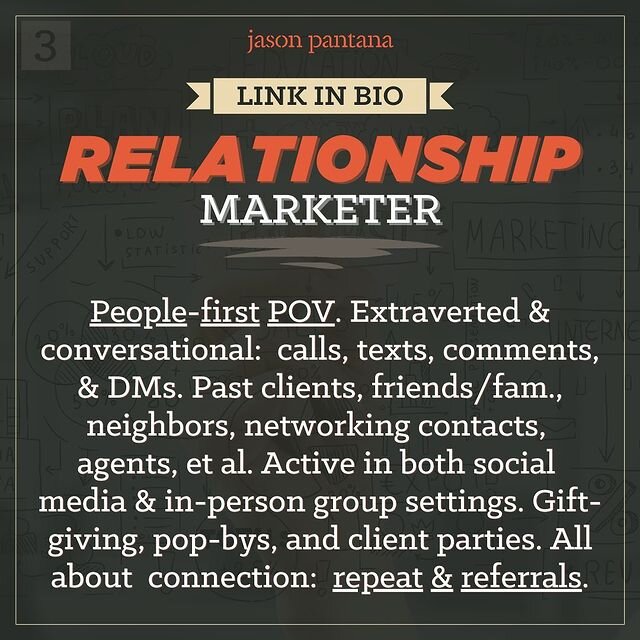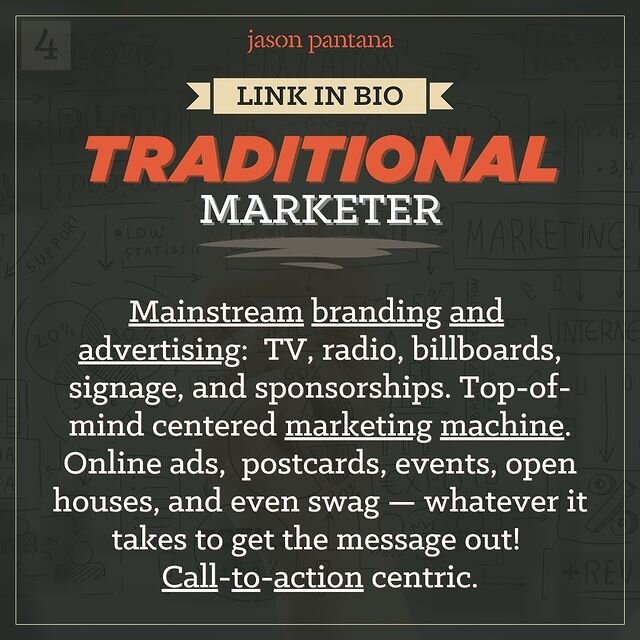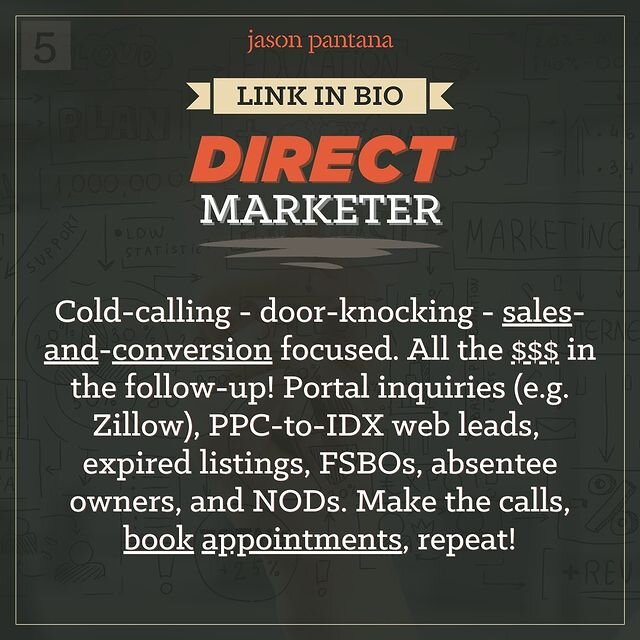Instagram Cover Photos (a.k.a. “thumbnails”) are the preview-images associated with your IGTV uploads and/or your Reels. And they’re tricky to format properly!
In some cases, you’re able to upload a separate image file (e.g. PNG) whereas in other cases you can only select a frame from within the video itself.
Perhaps you’re thinking: “WHO CARES?!” Fair question. Here’s the answer(s):
Covers entice prospective viewers to click-and-watch a subject video.
Covers help to keep your IG Profile Grid looking sharp.
As I’m typing/filming this, Instagram currently offers four (4) different video-sharing placements: Feed, Reels, IGTV, and Stories—and they’re all a tad different 😒.
(**FYI, this post doesn’t address Stories**)
FEED
Aspect Ratios: Feed videos offer the most flexibility in terms of accepted video dimensions. 1:1 to 16:9 — that is, square, portrait, landscape, and/or widescreen formats.
Runtime: Uploads must be at least one (1) second long (e.g. a GIF) and up to a max of 60 seconds.
Cover: Feed videos don’t offer an option to upload a separate image file (PNG, JPEG, et al.) as a cover photo. One could, however, drop a cover photo (a.k.a. “thumbnail”) into the video file itself while editing. That way you could drag your finger over the scroll bar and select it manually.
REELS
Aspect Ratios: Instagram Reels are intended for mobile viewing. Hence, they require a 9:16, vertical aspect ratio. Basically, hold your phone upright, point, and tap record.
Runtime: Uploads may not exceed 30 seconds in duration.
Cover: Select a frame out of the video file itself OR upload a custom-designed, vertical cover photo. That image file must be vertical—i.e., 9:16.
IGTV
Aspect Ratios: IGTV also offers some flexibility in terms of video dimensions—similar to Feed videos. It’ll take landscape, widescreen, portrait, and/or vertical videos.
Runtime: Uploads must be longer than a minute and up to 15 minutes (when uploaded via a mobile device). Videos can run for up to 60 minutes when uploaded via the web.
Cover: Same as with Reels, just select a frame out of the video file itself OR upload a custom-designed cover photo. That image file should be vertical—i.e., 9:16. I’ll explain why later on…
Free PDF Download
I’ve put together a quick visual aid to help demonstrate the ideal aspect ratios and dimensions for formatting Instagram Cover Photos so that they display properly when viewed across the app. Fill out the form below to download the PDF.
The Common Issue:
If you opt to share your Reel or IGTV upload to the Feed—and you definitely should!—the cover photo placeholder on your profile grid expects a 1:1, square aspect ratio. That means it’s gonna cut-off the top and bottom portions of your vertical thumbnail image, displaying only the centermost square section of it.
Candidly, it looks sloppy. Text and objects bleeding over the edges, sometimes there’s letterboxing—it just looks tacky.
Here’s how you can work around it:
Make sure the portions of your vertical cover photo don’t have important elements (e.g. text, a face, etc.) above or below the top-and-bottom folds.
Like the video demonstrates, create a square cover photo superimposed overtop of a vertical background (a branded watermark, for instance).
Technically, it’s only a single image file. To the naked eye, however, it looks like a square on top of a vertical rectangle. Boom -- now it looks good no matter where it’s viewed.

